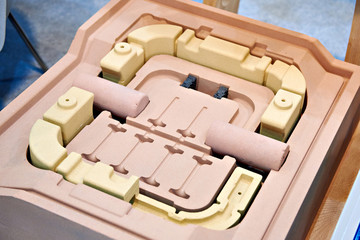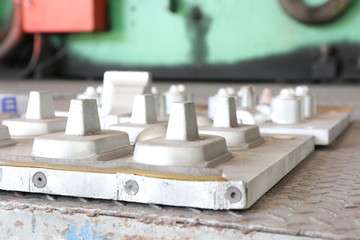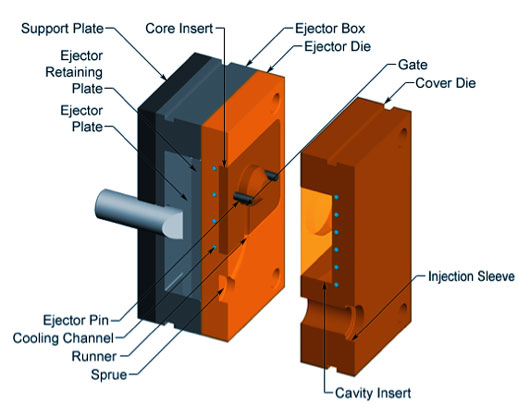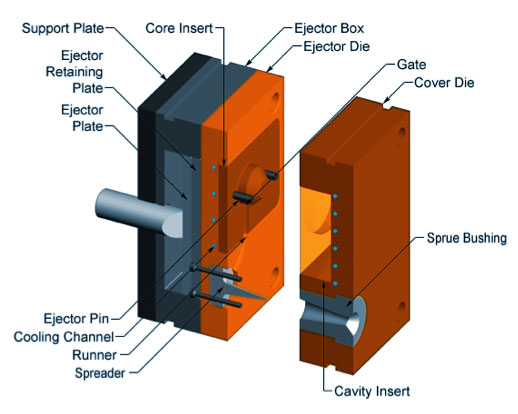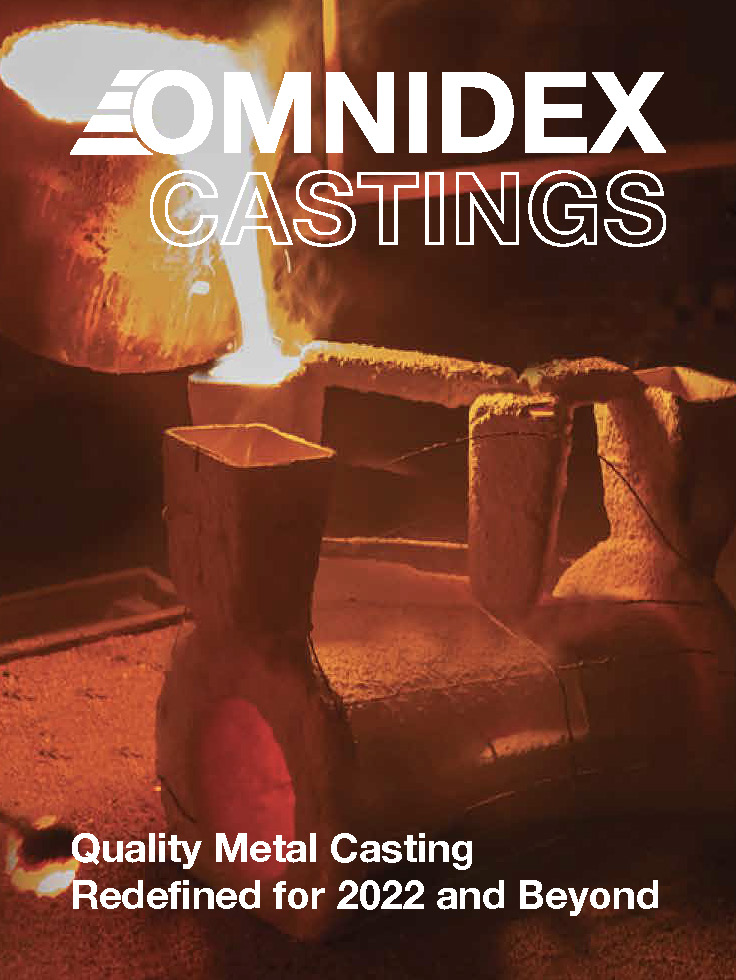The main tooling for sand casting is the pattern that is used to create the mold cavity. The pattern is a full-size model of the part that makes an impression in the sand mold. However, some internal surfaces may not be included in the pattern, as they will be created by separate cores.
This website uses cookies so that we can provide you with the best user experience possible. Cookie information is stored in your browser and performs functions such as recognising you when you return to our website and helping our team to understand which sections of the website you find most interesting and useful.

